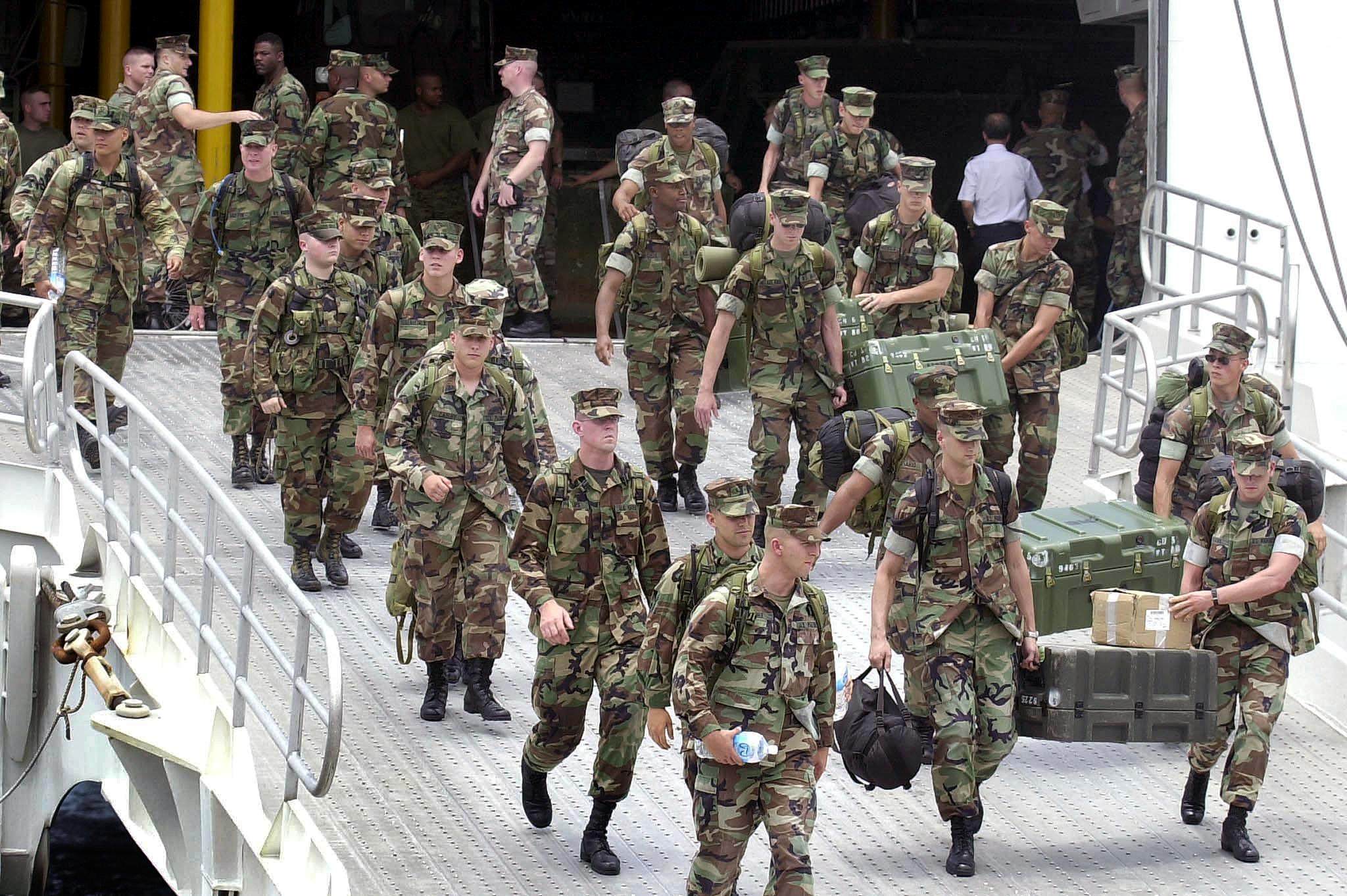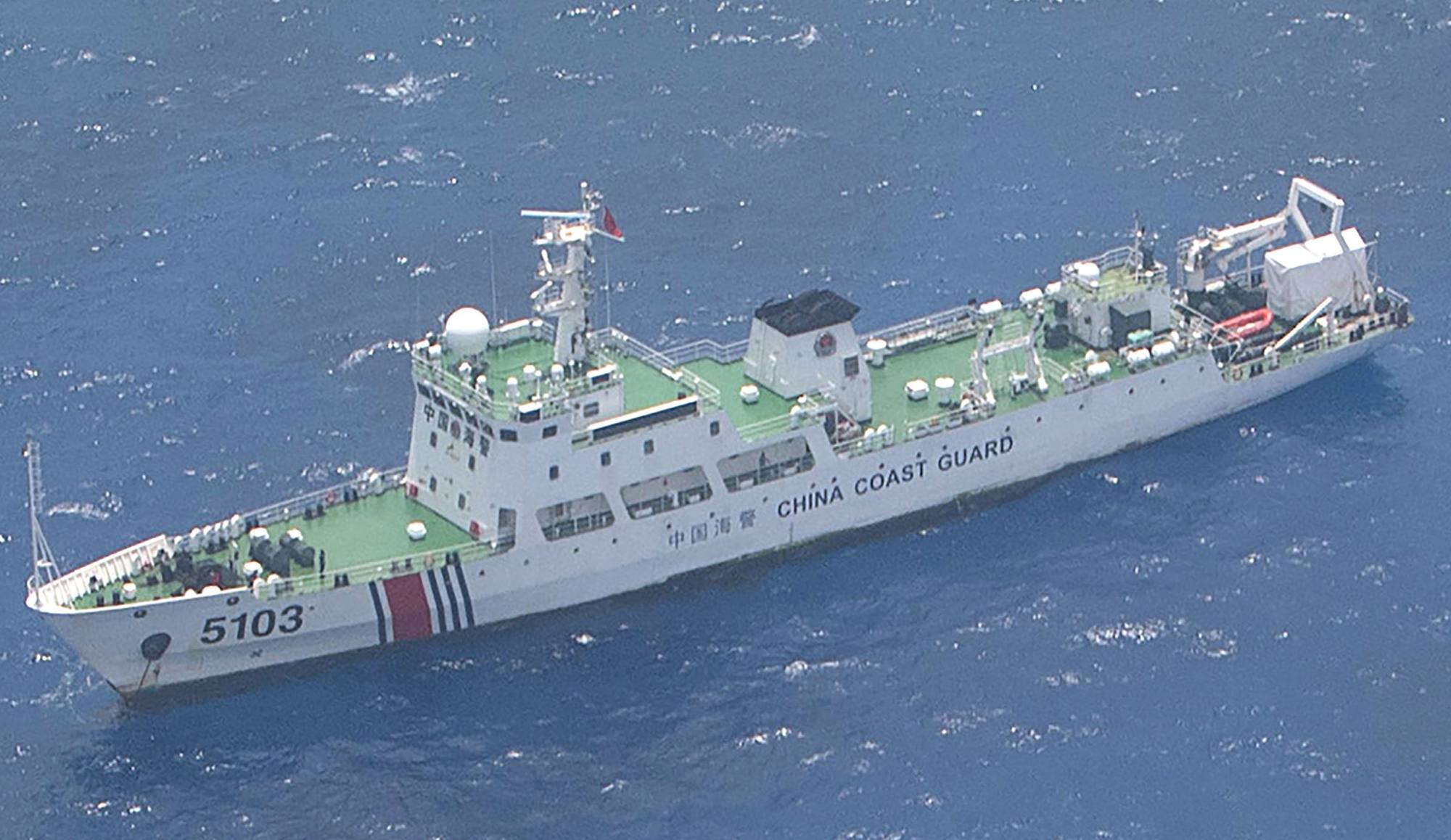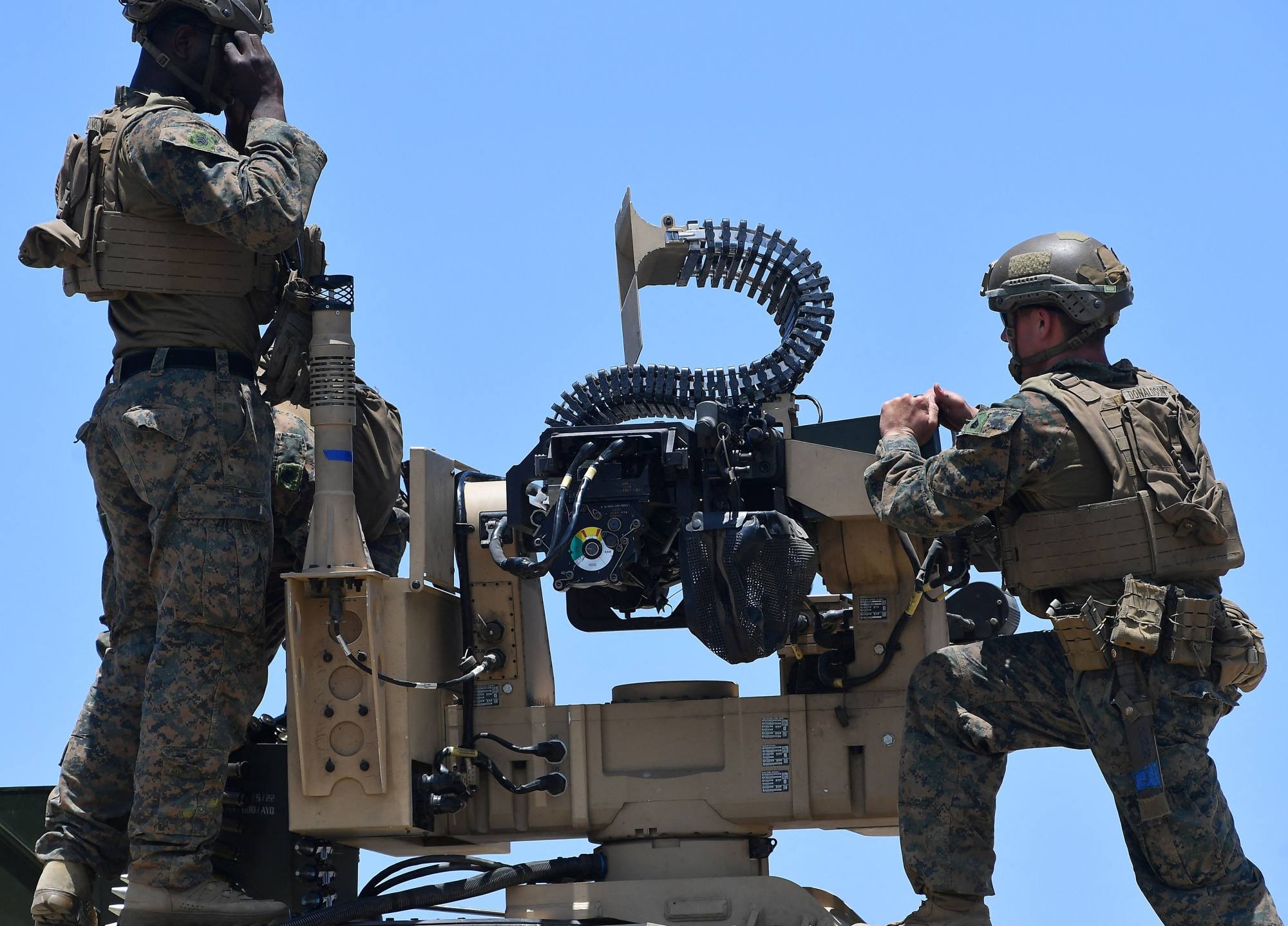Blast from the past: US ammo hub for Philippines sparks China retaliation fears
While Manila perceives economic benefits, critics fear Subic Bay facility would make the Philippines a target in any US-China confrontation

A proposal to build a US ammunition manufacturing and storage hub in Subic Bay – the site of a former American naval base in the northern Philippines – is raising fears of strategic entrapment, local economic disruption and Chinese retaliation, despite tentative backing from Manila’s defence chief.
Experts said while the move could help plug logistics gaps in the Indo-Pacific and deepen alliance coordination, it might also undermine the Philippines’ policy of strategic ambiguity and reignite long-held fears about military dependence.
The plan emerged in a report released on June 24 by the US House Committee on Appropriations’ defence subcommittee, which noted the lack of a munitions hub in the region and suggested setting up one at the former Subic Bay base.
“The committee is concerned with the lack of a forward-staged ammunition manufacturing facility in the Indo-Pacific,” the report said. “Therefore, the committee directs the Department of Defence to assess … the feasibility of establishing a joint ammunition manufacturing and storage facility at United States Naval Base Subic Bay.”

Although no formal proposal has been made, Philippine Defence Secretary Gilberto Teodoro Jnr welcomed the idea, citing potential economic and strategic benefits. “Any production entity which would be of benefit to the Philippines, not only in terms of our resilience, but improving, giving employment and other technological transfers, that might be encouraged,” he said on Monday.
He said the proposal was plausible, given that the Philippines and the United States were treaty allies with shared strategic interests. Under their 1951 Mutual Defence Treaty, both countries are committed to support each other in the event of external aggression.
Risk exposure
Analysts caution that a US ammunition hub on Philippine soil would have wide-ranging consequences, however.
Chris Gardiner, CEO of the Institute for Regional Security, an Australian non-profit organisation, said that the war in Ukraine served as a reminder that modern conflict depended on continuous, localised and flexible supply chains for material and logistics.
“We pray that war is prevented by deterrence, but that deterrence, and properly resourced defence if it fails, needs local stockpiles and manufacturing,” he said.
“Defence of the Philippines, of course, involves risk for the US. And defence of Philippine freedom involves risks for its citizens. On balance, the risks of enhanced forward basing and manufacturing of ammunition … must be accepted.”
A major concern was how China would perceive such a move, said Arnaud Leveau, an assistant professor of geopolitics at the Paris Dauphine University. “Allowing that facility could make the Philippines more exposed to retaliatory threats from China, ” he said.
“There’s also a risk of alienating segments of the population who could view this as a regression to Cold War-era dynamics, undermining the legitimacy of current defence policies,” he said, adding that stakeholders – from local government and civil society to fishing communities whose livelihoods may be directly affected – should be consulted.

“More broadly, it could constrain the Philippines’ ability to maintain the kind of flexible, multi-vector diplomacy that many Asean members favour – engaging both the US and China without being forced to choose sides,” Leveau added.
On Monday, Pamalakaya, a fishermen’s group, warned the government against allowing a US arms facility, citing risks to national sovereignty and local industries.
“We have already removed US military bases from our soil. We are concerned that their renewed presence is aimed at using the Philippines as a strategic location for provocative actions against China,” said Pamalakaya head Fernando Hicap.
“We don’t want to be caught in the middle of a war between the US and its rivals, especially since we know that it will also cause great harm to the country’s fisheries.”
Jonas Reyes, a resident of Subic who works with the local government, said he supported the plan as it would generate employment. “But the wealthy here, including American retirees, are not supporting the move because it will make the country a target,” he told This Week in Asia.
A loaded symbol
Subic Bay – a 670 sq km (260 square mile) area once home to the largest US naval base overseas – remains a politically sensitive site. Though American forces left in 1992, it has retained its relevance as a hub for logistics and joint drills under the Balikatan exercises.
Earlier this year, the US Navy reportedly considered leasing a storage facility within 100km (62 miles) of Subic to preposition equipment for the Marine Corps.
“Reintroducing a US defence presence there, even in a different form, could carry strong symbolic and strategic implications – both domestically and regionally,” said Sylwia Monika Gorska, a political analyst with a doctorate in international relations from the University of Central Lancashire.
“Concerns raised by groups such as Pamalakaya reflect long-standing apprehensions about sovereignty, environmental risk and the Philippines’ role in regional power dynamics.”
A US munitions hub could improve interoperability with the US under the Enhanced Defence Cooperation Agreement (EDCA), boost local economies and strengthen alliance signalling. “At the regional level, the proposal may be interpreted as a step toward a more formalised and permanent US military-industrial presence in Southeast Asia,” Gorska said.
In 2023, the Philippines granted the US access to four additional sites under the EDCA, bringing the total to nine. The deal allows American troops to rotate and preposition material, equipment and supplies at designated locations across the country.
However, Gorska said the Subic plan could be “viewed by China as a deepening of the US-Philippines alliance posture, which could prompt reciprocal measures – diplomatic, economic or paramilitary in nature”.
It might also reduce Manila’s room to hedge between competing powers and signal bloc alignment in a region historically defined by strategic flexibility, she added.
Deterrence or arms race?
Chester Cabalza, president of the Manila-based International Development and Security Cooperation think tank, said the site’s revival reflected Manila’s pragmatic push to strengthen its “self-reliant defence posture” – a strategy aimed at reducing dependence on foreign military support by developing domestic defence capabilities and infrastructure.
Subic offered both commercial and strategic advantages that should be maximised during peacetime for both combat and non-combat scenarios, he said.
“This is a bold decision for Manila to revive Subic for its many assets in military readiness and defence industry,” Cabalza told This Week in Asia.
Leveau noted that the Subic plan fitted into a wider trend of “logistical militarisation” across the Indo-Pacific – not just through basing agreements, but also via industrial capacity, supply chains and maintenance facilities.

While these efforts may enhance deterrence, they also risk fuelling an arms race and undermining Asean’s preferred model of informal, consensus-driven security cooperation.
“The main risk is strategic entrapment: countries like the Philippines could find themselves on the front lines of a US-China confrontation, without sufficient control over the strategic trajectory,” he said.
“The region does not need more confrontation. It needs confidence-building measures, crisis hotlines and sustained multilateral engagement. If this facility goes ahead, it must be accompanied by credible diplomatic efforts to reduce tensions and reinforce regional norms.”